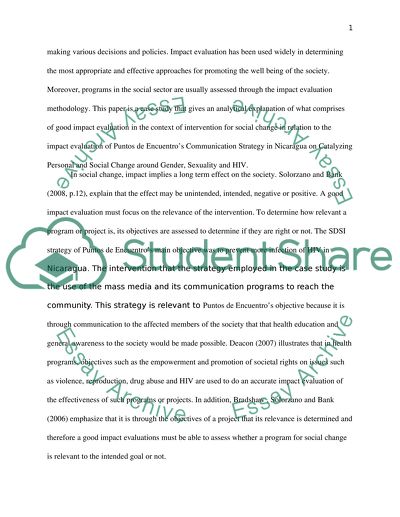Cite this document
(“Impact Evaluation Essay Example | Topics and Well Written Essays - 1750 words”, n.d.)
Retrieved from https://studentshare.org/social-science/1587267-impact-evaluation
Retrieved from https://studentshare.org/social-science/1587267-impact-evaluation
(Impact Evaluation Essay Example | Topics and Well Written Essays - 1750 Words)
https://studentshare.org/social-science/1587267-impact-evaluation.
https://studentshare.org/social-science/1587267-impact-evaluation.
“Impact Evaluation Essay Example | Topics and Well Written Essays - 1750 Words”, n.d. https://studentshare.org/social-science/1587267-impact-evaluation.


